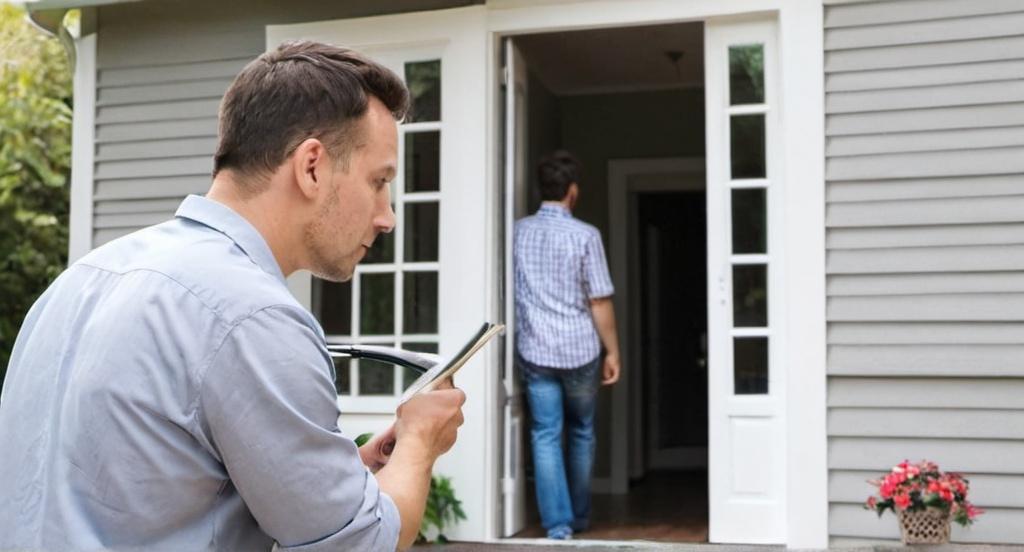Key Take Aways about Timberland as Investment Properties
- Timberland investment offers diversification, acting independently of stock market fluctuations.
- Provides inflation protection as timber prices often outpace inflation.
- Growth potential: Trees naturally increase in value over time, offering flexible harvesting options.
- Increasing demand for sustainable resources boosts timber prices, appealing to eco-conscious investors.
- Requires significant initial investment and ongoing maintenance, with long-term return prospects.
- Risks include fire, pests, disease, and market price fluctuations requiring effective management.
- Location is crucial; regions with favorable conditions and laws offer better returns.

The Basics of Investing in Timberland
Thinking about swapping your usual real estate ventures for something a little more, let’s say, rustic? Timberland is calling your name. It’s as earthy as it sounds – literally investing in forests. No need to brush up on your forestry degree; just a good investment strategy will do.
Timberland is increasingly grabbed attention of investors seeking diversity beyond the typical urban landscapes. This isn’t a trend; it’s a way to hedge against volatility and inflation. What makes it interesting is its unique growth story – trees grow and thus create value over time. Who knew that while your other investments are having a snooze, your trees could be growing taller and fatter?
Why Consider Timberland?
First up, it’s all about diversification. Timberland doesn’t follow the patterns of the stock market. When Wall Street catches the flu, your trees just keep growing. This makes it a reliable addition to a diverse investment portfolio. While your tech stocks might be having a bad day, your timberland is just photosynthesizing away, unaffected.
Inflation protection is another reason folks consider timberland. Timber prices tend to outpace inflation, and with a growing global population, the demand for timber rises. It’s a classic case of supply and demand. Less of a rollercoaster, more of a slow, steady hike up a hill.
The Growth Aspect
Unlike other real estates, timberland literally grows in value. Trees mature over time, and as they do, they increase the overall worth of the land. Whether you wait for your trees to grow big or choose to harvest earlier to meet market demand, the flexibility is there. It’s like having a crop that doesn’t need annual replanting. Once it’s in the ground, mother nature takes over.
Current Market Trends
The demand for sustainable and renewable resources is pushing timber prices up, especially in sectors like construction and paper industries. Investors are taking notice, and the competitive market reflects that. There’s also a push toward eco-friendly and sustainable investments, with timberland fitting the bill nicely.
Financial Considerations
Jumping into timberland investments isn’t cheap. The initial capital outlay can be hefty, and let’s not forget the ongoing costs for maintaining the land. This is a long-term play – returns are not overnight. Patience is your best friend here. Think of it like planting seeds now to harvest in the future, with the added bonus of tangible assets you can see and touch.
Risks Involved
With every investment comes risk, and timberland is no exception. Forest fires, pests, and disease can impact the health of your forest. Also, market fluctuations in timber prices can affect your returns. Quality management is essential to mitigating these risks, but even with the best management, things can occasionally go pear-shaped.
Location, Location, Location
The location of your timberland can dramatically affect its value and growth potential. Regions with favorable climate conditions and proximity to timber markets often yield better returns. Look out for areas with supportive forestry legislation and historical data on timberland value increases.
Conclusion
Investing in timberland isn’t your run-of-the-mill property investment. It involves a good understanding of market dynamics and a willingness to wait it out. Trees grow on their own schedule, not yours. For those willing to take the plunge, it offers diversification and a hedge against inflation with a dash of environmental responsibility. So, why not trade your concrete jungle dreams for a piece of the real jungle?